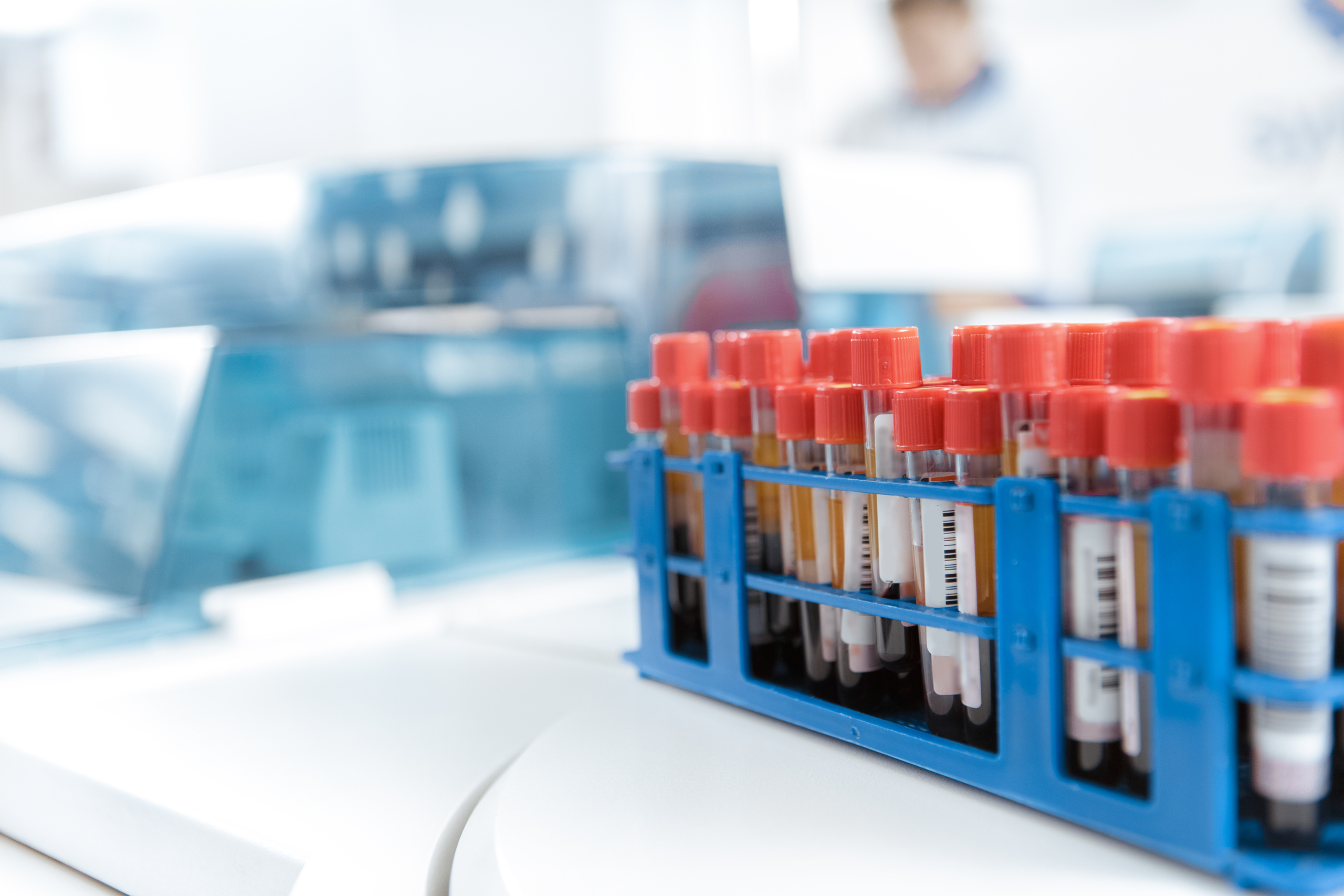 Reference Intervals for Blood Biomarkers in Farmed Atlantic Salmon, Coho Salmon and Rainbow Trout in Chile: Promoting a Preventive Approach in Aquamedicine
Reference Intervals for Blood Biomarkers in Farmed Atlantic Salmon, Coho Salmon and Rainbow Trout in Chile: Promoting a Preventive Approach in Aquamedicine
Marco Rozas-Serri, Rodolfo Correa, Romina Walker-Vergara, Darling Coñuecar, Soraya Barrientos, Camila Leiva, Ricardo Ildefonso, Carolina Senn and Andrea Peña
Abstract
The mission of veterinary clinical pathology is to support the diagnostic process by using tests to measure different blood biomarkers to support decision making about farmed fish health and welfare. The objective of this study is to provide reference intervals (RIs) for 44 key hematological, blood biochemistry, blood gasometry and hormones biomarkers for the three most economically important farmed salmonid species in Chile (Atlantic salmon, coho salmon and rainbow trout) during the freshwater (presmolt and smolt age range) and seawater stages (post-smolt and adult age range). Our results confirmed that the concentration or activity of most blood biomarkers depend on the salmonid species, age range and/or the interaction between them, and they are often biologically related to each other. Erythogram and leukogram profiles revealed a similar distribution in rainbow trout and coho salmon, but those in Atlantic salmon were significantly different. While the activity of the most clinically important plasma enzymes demonstrated a similar profile in Atlantic salmon and rainbow trout, coho salmon demonstrated a significantly different distribution. Plasma electrolyte and mineral profiles showed significant differences between salmonid species, especially for rainbow trout, while Atlantic salmon and coho salmon demonstrated a high degree of similarity. Furthermore, electrolytes, minerals and blood gasometry biomarkers were significantly different between age ranges, suggesting a considerably different distribution between freshwater and seawater-farmed fish. The RIs of clinically healthy fish described in this study take into account the high biological variation of farmed fish in Chile, as the 3.059 individuals came from 78 different fish farms, both freshwater and seawater, and blood samples were collected using the same pre-analytical protocol. Likewise, our study provides the Chilean salmon farming industry with standardized protocols that can be used routinely and provides valuable information to improve the preventive vision of aquamedicine through the application of blood biomarkers to support and optimize health, welfare and husbandry management in the salmon farming industry.